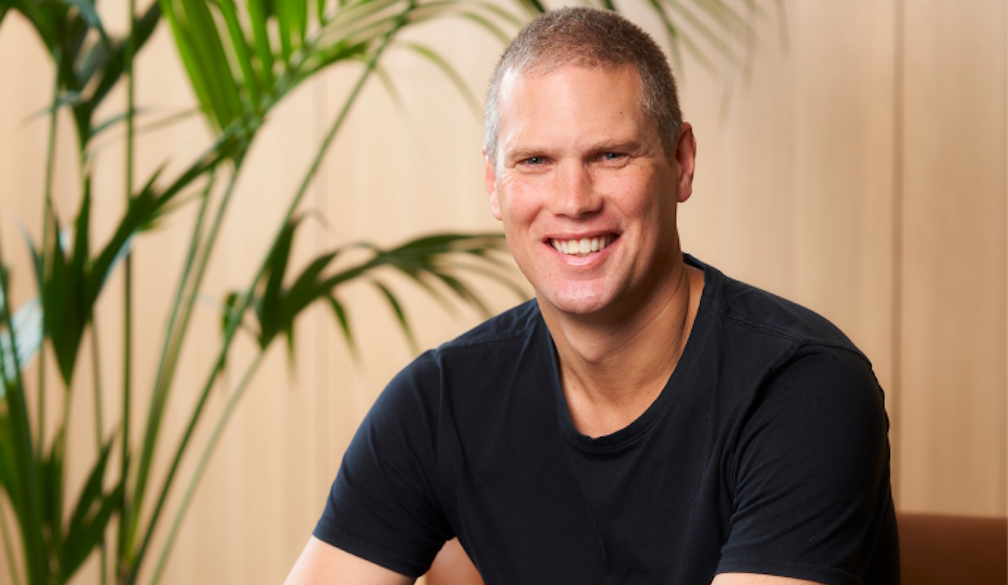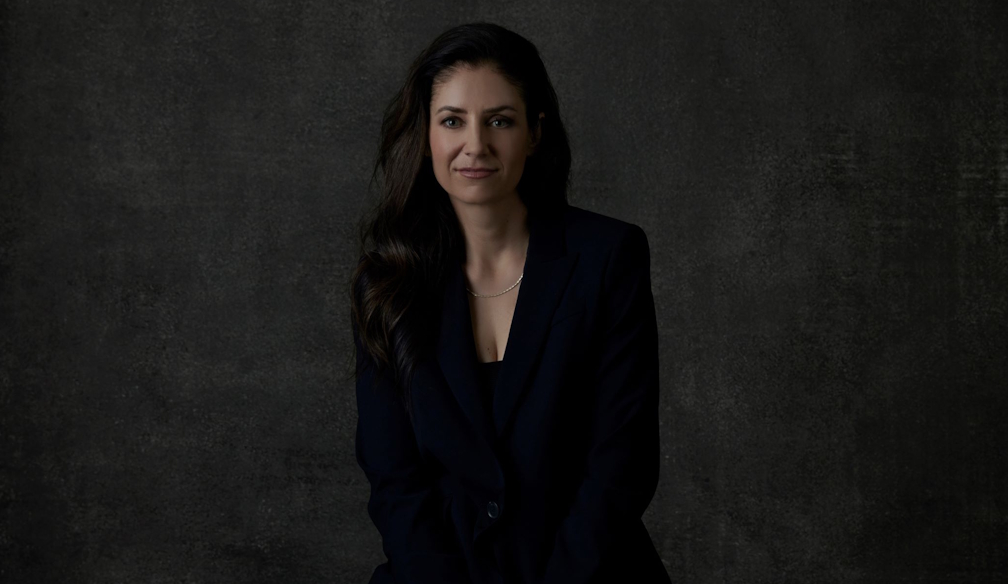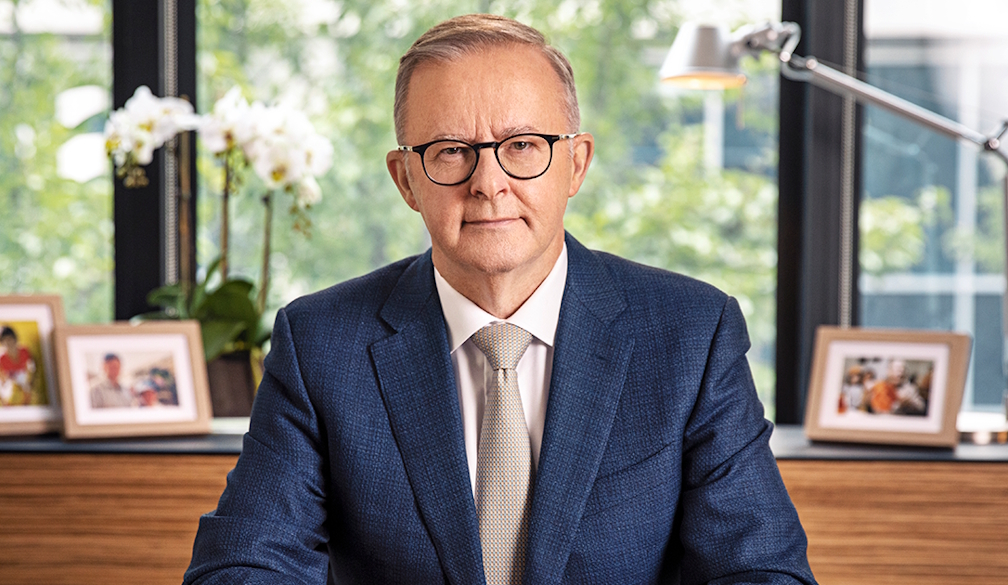Benefits of Durable, Low-Maintenance WPC Cladding for Australian SMEs

Wood-Plastic Composite (WPC) cladding is becoming more popular in Australia, especially among small and medium-sized businesses. Made from a mix of recycled wood fibres and plastic, WPC is designed to be strong, weatherproof, and low-maintenance. This makes it a smart choice for businesses looking to improve the look of their buildings while keeping costs down. Whether you run a café, office, or shop, WPC cladding can help you protect your property and present a clean, modern image.
In this blog, we’ll look at the main reasons why WPC cladding, especially the popular WPC wall panel, is a great option for Australian SMEs. We'll cover its durability, low upkeep, eco-friendly benefits, and how it compares to other materials like timber and fibre cement. We'll also share some practical tips on choosing the right type of cladding and maintaining it long-term. Let’s explore how this smart building material can support your business for years to come.
Why Australian SMEs Should Consider WPC Cladding
Small and medium-sized enterprises often operate on tighter budgets and need building materials that don’t require a lot of time or money to maintain. WPC cladding helps solve this problem by offering a strong, long-lasting exterior option that doesn't need regular painting or sealing. It's easy to clean, looks modern, and stands up well against harsh Australian weather. This means businesses can focus more on running their operations and less on building maintenance.
Another big advantage is the way WPC cladding can improve a building’s appearance. A neat and professional storefront or office can make a good first impression and attract more customers. With a WPC wall panel system, businesses can easily achieve a modern look without spending a lot on renovations. This makes WPC cladding both a smart financial and branding choice for SMEs across different industries.
Key Benefits of WPC Cladding for SMEs
Long-Term Durability
WPC cladding is built to handle Australia’s changing climate, from heavy rain and high heat to strong winds and UV rays. WPC cladding is specially made to handle these conditions, keeping its appearance and strength for years. The material includes UV protection that prevents fading and breakdown, while its plastic content provides excellent moisture resistance and eliminates worries about termites, rot, and mould.
Low Maintenance Requirements
One of the biggest advantages of WPC cladding for busy SME owners is its minimal maintenance needs. Unlike traditional timber cladding that needs regular painting, sealing, or staining, WPC keeps its appearance with just occasional cleaning using water and mild soap. This simplicity means business owners or their staff can handle basic upkeep without needing to hire specialized trades, saving time and money that can be put back into core business activities.
Cost-Effectiveness Over Time
While WPC cladding may cost more upfront than some traditional materials, its long-term value is excellent. The reduced need for painting, repairs, and replacements means significant savings over the years, plus fewer unexpected repair expenses and less disruption to business operations. For SMEs operating on tight budgets, this predictable cost structure is invaluable for financial planning and cash flow management.
Environmental Sustainability
Many WPC products are made from recycled wood fibres and plastic, making it an eco-friendly choice. This reduces the need for cutting down trees and using new plastic materials. The production of WPC cladding uses fewer raw timber resources compared to traditional wood cladding, and at the end of its long service life, many WPC products can be recycled again. For businesses focused on sustainability, this is a great way to support the environment while improving your property. It also sends a positive message to your customers about your values.
Many Australian SMEs are now choosing green building options, and WPC fits right in with that trend. It’s one more way to make your business both smart and sustainable.
Aesthetic Appeal and Branding Value
WPC cladding comes in an impressive range of finishes, textures, and colours, allowing businesses to create exactly the look they want. Popular options include natural wood grain finishes in teak, cedar, and oak tones, as well as modern colours like charcoal, grey, and white. The WPC wall panel system works particularly well with modern building trends, including slatted facades and feature walls that create visual interest and can transform a plain business exterior into an attractive, professional-looking premises.
Sound Absorption and Acoustic Benefits
WPC cladding offers excellent sound absorbing properties that can significantly improve the acoustic environment of business premises. The material's dense composition helps absorb external noise from traffic, construction, and other urban sounds, creating a quieter, more comfortable space for both staff and customers. This sound absorption feature is particularly valuable for businesses like restaurants, cafes, offices, medical centres, and retail stores where reducing background noise can enhance customer experience and employee productivity.
Insulation and Energy Efficiency
WPC cladding provides moderate thermal insulation properties that can help reduce heating and cooling costs for business premises. While not a replacement for proper insulation, the material helps create a thermal barrier that supports energy efficiency. This thermal performance, combined with the sound absorption benefits, makes WPC cladding a dual-purpose solution that addresses both comfort and cost concerns for SME owners.
Common Types and Options in the Market
Solid vs. Hollow Panels
Solid WPC panels are heavier and more durable, ideal for high-traffic areas or large façades. Hollow panels are lighter and easier to install, which can reduce labour costs. Both types offer strong resistance to weather and pests, but your choice depends on your specific needs. A WPC wall panel comes in both styles, offering flexibility for different budgets.
Co-Extruded vs. Traditional Boards
Co-extruded WPC panels have an extra protective layer that boosts their resistance to UV rays, moisture, and stains. This makes them great for businesses in hot or coastal areas. They also keep their colour longer, which means fewer signs of fading or ageing. If you want the best performance, co-extruded panels are a top option.
Slatted and Decorative Cladding Styles
Slatted WPC panels are a stylish option that adds texture and depth to your building’s exterior. They’re perfect for modern commercial designs or as a feature wall on a business front. These panels also allow some airflow, making them useful for screen walls or covered outdoor areas. A WPC wall panel with a slatted look can really set your space apart.
Installation and Maintenance Tips for SMEs
Installing WPC cladding is straightforward, especially with clip systems that make alignment easier. Panels should be installed with enough space for expansion due to temperature changes. It's best to use a ventilated subframe to reduce moisture build-up behind the cladding. For best results, follow the manufacturer’s guidelines or work with a professional.
Cleaning and maintenance are very simple. Use a hose and mild soap every few months to remove dust or dirt. Avoid harsh chemicals or pressure washers, which can damage the surface. A WPC wall panel is designed to be low-maintenance, so you won’t spend much time keeping it in good shape.
Current Market Trends
The rise of eco-conscious building practices among Australian businesses has created increased demand for sustainable materials like WPC cladding. Many SMEs are actively seeking building materials that show their environmental commitment while providing practical benefits, driving innovation in WPC manufacturing with new products offering even better performance and green credentials. The hospitality and retail sectors are showing growing demand for slatted and textured facades that create visual interest and modern appeal.
Rising labour costs across Australia are pushing more businesses toward low-maintenance materials that reduce ongoing expenses. This economic pressure is speeding up the adoption of WPC cladding across various business sectors, while premium WPC options with high-end finishes are becoming more widely available. These trends mean businesses can now achieve luxury appearances without the maintenance burden of traditional materials.









